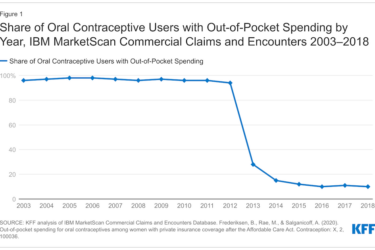One of the “simple” aspects of health insurance is – naturally – not always so simple.
There’s been a lot of talk about high deductibles in marketplace plans – higher than what most of us pay if we have insurance through a job. And since it’s often misrepresented or misunderstood by some of the people out there either praising or (more often) condemning the Affordable Care Act because of the deductibles, it’s important to understand them so you know what questions to ask.
The simple standard definition of a deductible – what you have to spend out of pocket before insurance kicks in – is sometimes too simple. In some health plans, yes, the deductible is indeed that clear cut. Insurance doesn’t pay a penny until you pay X dollars out of pocket. But many of us get those complicated EoBs (explanation of benefits) that allocate some of our own out-of-pocket payment toward a copay, some toward the deductible – and still cover the service before that deductible is fully met. There may also be tiers or different deductible requirements depending whether the care is in or out of network, or whether it’s primary versus specialist care.
So, here are a few other things to remember when you write about the new coverage options and what they are or are not costing people. (Caveat: Some of the information comes in this post comes from educational material from the Department of Health and Human Services.)
-
Exchange health plans must cover specified screenings and preventive care for free, deductible or no deductible. This includes many childhood immunizations.
-
Even when you are paying the doctor (or other provider) before meeting the deductible, you are still getting the negotiated price, not the off-the-rack price (assuming that you are seeing an in-network provider). For instance, the doctor may charge $300 for a service, but the health plan has negotiated a $100 fee. You would pay the $100 (and that $100 would count toward your deductible.)
-
More than 70 percent of marketplace or exchange plans have deductibles under $3,000, according to HHS. Lower premiums may mean higher deductibles, and vice versa.
-
You may hear critics of the law say they have a $6,300 deductible. They are probably mixing up the deductible and the out-of-pocket cap. There is a $6,350 (individual)/$12,700 (family) cap for in-network services. That’s not the deductible – it’s the stop loss. You don’t have to pay more than this, no matter what the bills are. So if I have a $3,000 deductible and I meet it, then I have the usual split between what I pay (copays, co-insurance) and what the plan pays UNTIL I hit $6,350. If I run up expenses above that, the plan picks up the whole cost, with the usual caveats about network providers and necessary care. And the deductible counts toward the cap – I’m not paying $3,000 towards the deductible and then starting another count toward $6,350. It’s unified; total out-of-pocket spending includes the deductible.








